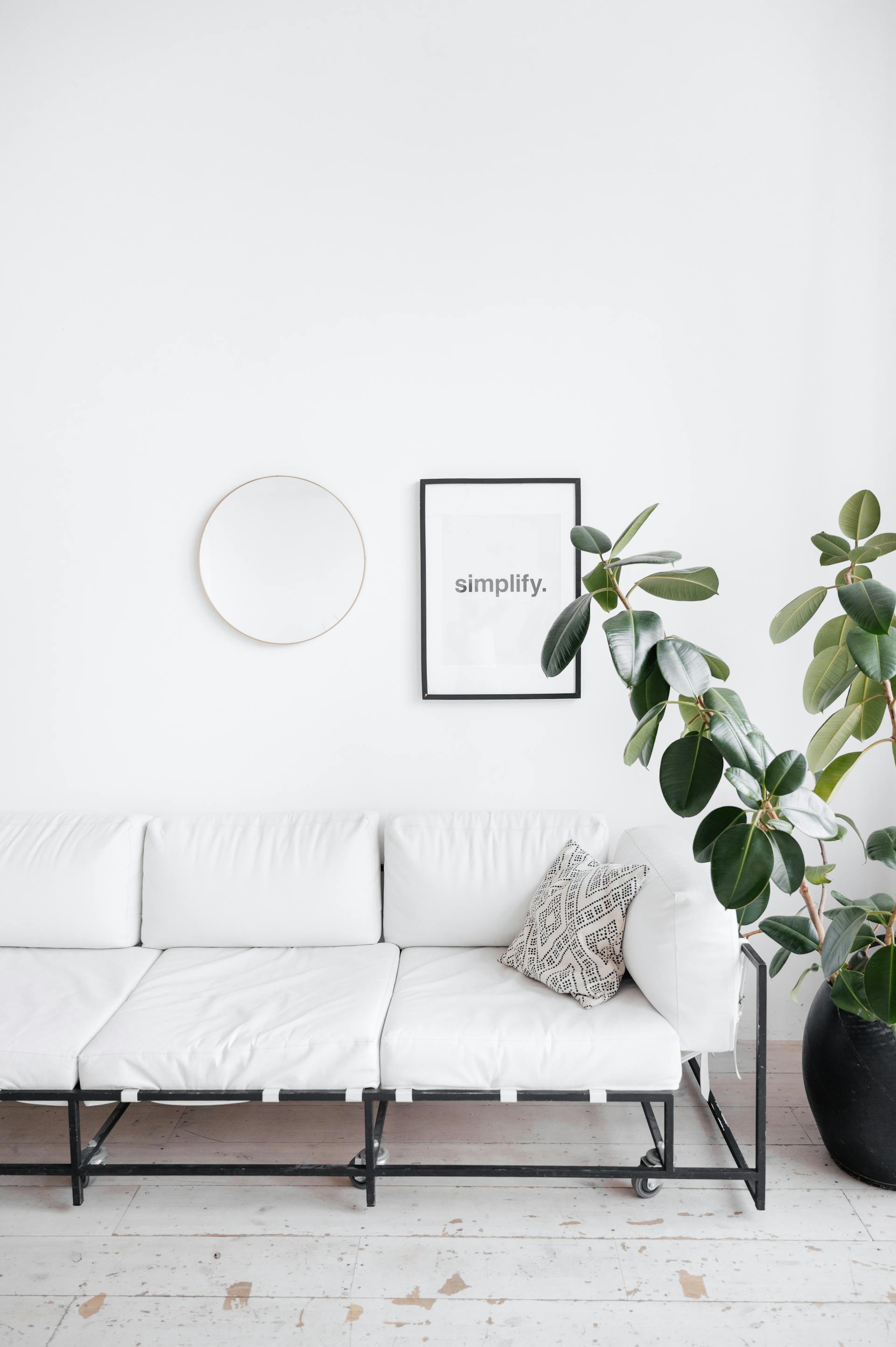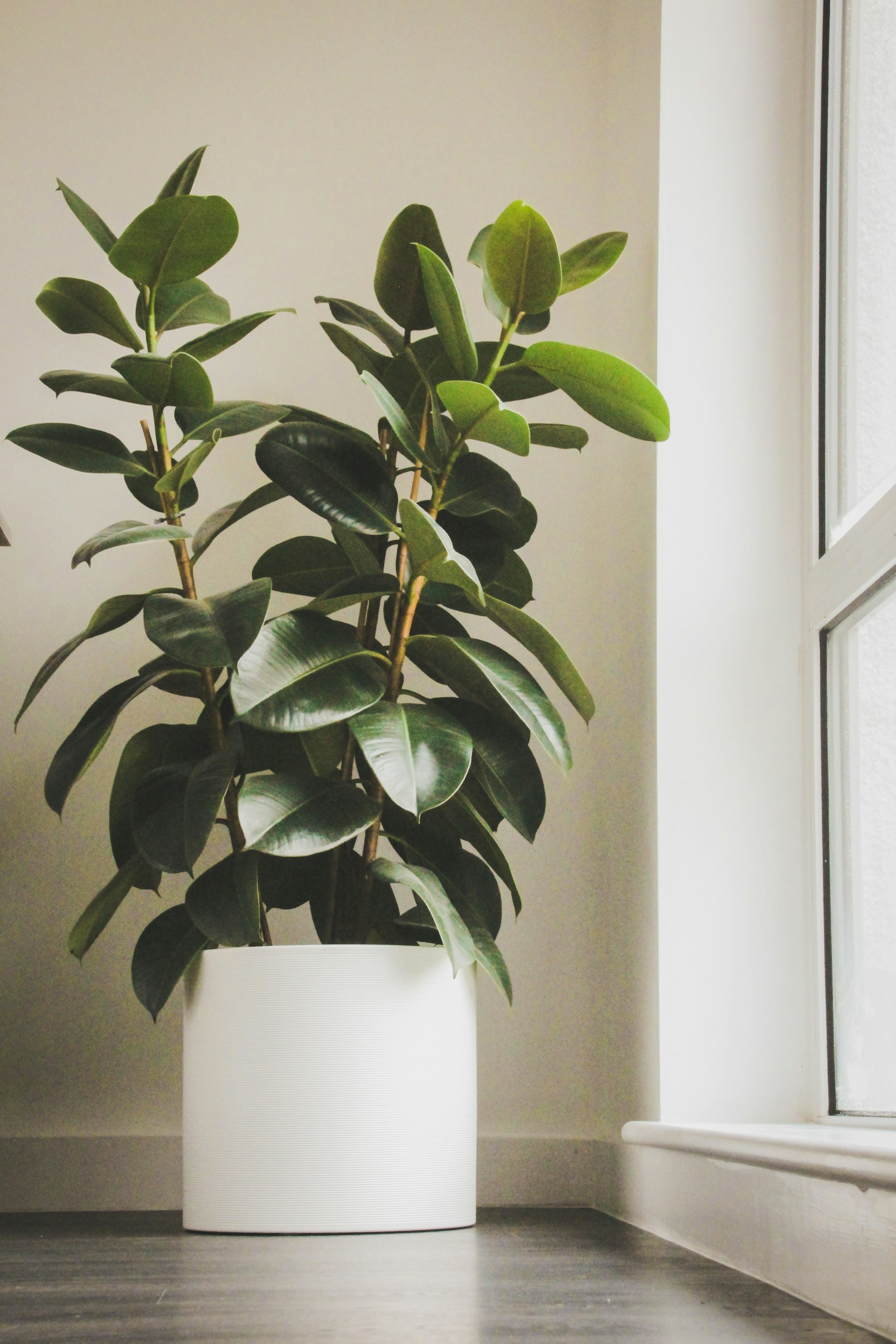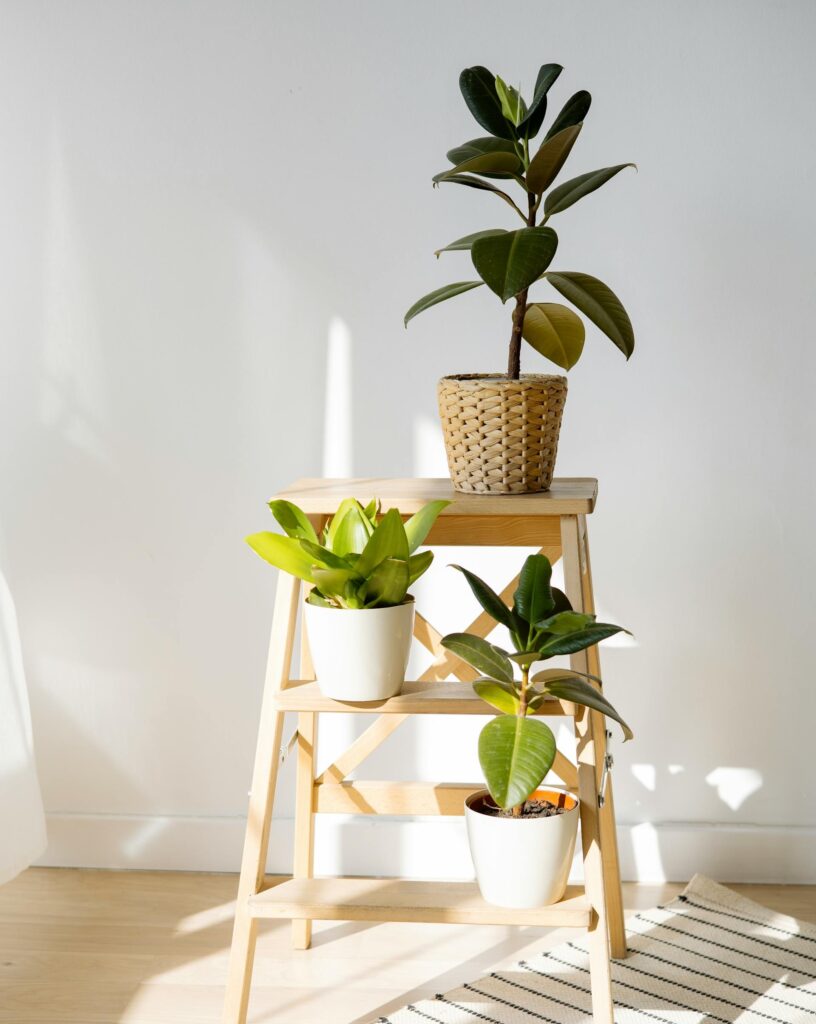Introduction
Rubber plant care at home feels almost magical; place a glossy Ficus elastica in the right spot and watch it unfurl deep-green, burgundy-tinted leaves that shout jungle vibes. Yet magic still follows rules, so let’s break them down with the same friendly, hands-on voice you’re used to from me.

Positioning Your Rubber Plant
Like every tropical, the rubber plant craves bright, indirect light. Morning rays filtered through a sheer curtain boost photosynthesis without leaf burn. Rotate the pot 180° every two-three weeks so growth stays symmetric. In winter move the plant a step closer to the window; daylight hours matter more than intensity.

The Golden Watering Routine
Rubber plants sip, they don’t chug. Stick a finger 5 cm into the potting mix; water only if it feels dry. Overwatering suffocates roots—those leaves droop like tired umbrellas. Underwatering is kinder; the foliage dulls but perks back up after a drink. Aim for lukewarm, chlorine-free water to avoid cold shocks.
Pot & Soil Matters
Pick a terracotta pot with multiple drainage holes. Porous clay lets extra moisture escape and keeps root rot at bay. Fill it with an airy mix: 40% peat-free compost, 40% fine orchid bark, 20% perlite. This combo mimics the loose forest floor the species loves. If you must reuse a plastic nursery pot, add a 2 cm gravel layer at the bottom to safeguard against soggy feet.
Pruning & Size Control
Ficus elastica grows fast between April and September. When it threatens ceiling height, cut the central stem 5 cm below the desired level. Side shoots will sprout, creating a fuller silhouette. Don’t toss those cuttings—pop them in water mixed with a drop of rooting hormone and you’ll root baby rubber plants in four to six weeks.
- All Products
Plant Rooting Powder – Root Boost for Healthy Growth, 50g
£14.99 Select options This product has multiple variants. The options may be chosen on the product page
DIY Organic Fertilizers
Compost Tea
Save kitchen scraps—vegetable peels, coffee grounds, crushed eggshells. Drop them in a lidded jar of water, burp daily, strain after 5 days, then dilute one part tea to five parts water. Pour around the soil line every month during the growing season.
Banana-Skin Elixir
Rich in potassium for glossy leaves. Soak chopped banana skins in water for 48 hours, dilute 1:5, and drench the soil.
Eggshell Calcium Boost
Air-dry shells, blitz to powder, and sprinkle a teaspoon atop the potting mix each quarter; gently rake in. Calcium reinforces cell walls, preventing leaf curl.
Tip: Alternate these brews; too much of the same nutrient can lock out others.
Humidity Hacks
Rubber plants prefer 40–60% ambient humidity. If your indoor air dips below that (common in heated apartments), deploy one of these fixes: group plants to create a microclimate, stand the pot on a pebble tray filled with water, or run a cool-mist humidifier nearby.
- All Products
Plant Care Humidifier – Ultrasonic, Mute, Intelligent with Remote Control and Aromatherapy
£138.40 Select options This product has multiple variants. The options may be chosen on the product page - All Products
Flame Effect Aromatherapy Humidifier – Ultrasonic Plant Care Device (250 ml)
£29.99 Select options This product has multiple variants. The options may be chosen on the product page - All Products
Ultrasonic Aroma Diffuser with Colorful Night Light – Silent Essential Oil Diffuser with Remote Control
Price range: £76.50 through £83.61 Select options This product has multiple variants. The options may be chosen on the product page - All Products
Portable Humidifier for Plants – Keep Your Greenery Healthy Anywhere
£28.87 Select options This product has multiple variants. The options may be chosen on the product page
Lightly mist leaves only in the morning so surfaces dry before nightfall, averting fungal spots.
Support & Styling
A young rubber plant stands tall naturally, but mature ones bend under leaf weight. Insert a moss pole or bamboo stake and tie stems loosely with jute twine. Feeling creative? Train two plants in one pot and braid their trunks for a sculptural look—just keep twists gentle to avoid bark damage.
Common Issues & Quick Fixes
| Symptom | Probable Cause | Solution |
|---|---|---|
| Yellow lower leaves | Overwatering | Extend drying interval; check drainage. |
| Brown crispy edges | Low humidity | Increase moisture via pebble tray or humidifier. |
| Sticky leaf surface | Scale insects | Wipe with cotton pad dipped in neem-oil soap weekly until clear. |
For pest ID photos and treatment steps see the University of Florida IFAS Extension guide
Repotting Schedule
Repot every two years in early spring. Choose a pot one size up (≈ 2 cm wider). Tease roots gently, trim any black mushy sections, then plant at the same depth. Water thoroughly and keep out of direct sun for a week to minimize transplant shock.
Rubber Plant & Air Quality
NASA’s Clean Air Study noted Ficus elastica among indoor plants that lower airborne formaldehyde levels (NASA 1989). While you’ll need a jungle to match an air purifier, every leaf still helps—plus it just looks cooler.
External Resource
Royal Horticultural Society care page for Ficus elastica
Conclusion
Master rubber plant care at home, and you’ll gain more than Instagrammable foliage—you’ll cultivate patience, observation skills, and a slice of rainforest right in your lounge.

Read More:
- What Is Rubber Plant? A Timeless Favorite for Indoor Greenery – Learn about the charm and benefits of having a Rubber Plant indoors.
- Rubber Plant Care Guide – Tips and practices to ensure long-lasting Rubber Plant health.
Plant Profile

Common Name

Plant Type

Mature Size

Sun Exposure

Soil Type

Soil pH

Bloom Time

Color

Hardiness Zones

Native Area

Humidity

Lighting

Temperature

Difficulty

Hibernation

Toxicity













